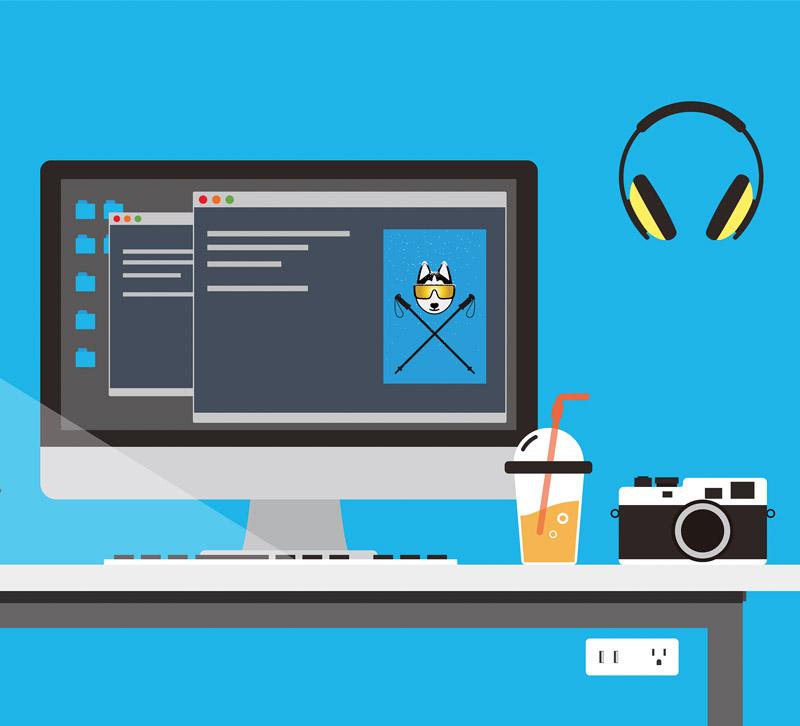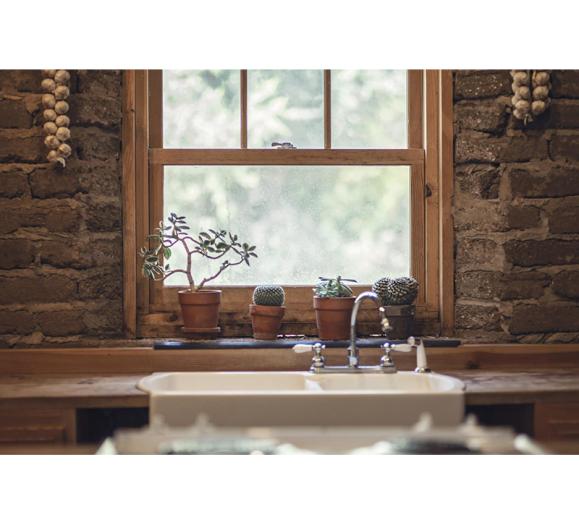More than any other generation, Millennials disrupted the traditional marketing flow. They’re not impressed with cartoon leprechauns or flashy TV ads, and they value experience and convenience. To paint a better picture, a report from shipping giant UPS and researcher ComScore shows that:
• 54 percent of Millennial purchases happen online.
• 14 percent of Millennial responders rented a product (apparel, handbag, art, etc.) online.
• 11 percent of Millennials have used a grocery delivery service.
• 63 percent of Millennial responders with smartphones made purchases using those smartphones.
From these numbers, it should be pretty clear that you’d better have a web presence. But buying a lighting fixture or bedroom set online isn’t the same as buying shampoo or a pair of shoes, and traditionally, sales associates have been a buyer’s best resource for important information and decisions.
So how can you convert your website traffic into bodies inside your brick-and-mortar store? We’ve got the perfect recipe for success.
Start With a Good First Impression
Your showroom may be the best-designed space to ever grace the retail industry, but most Millennials will get their first impression of you online.
A good online impression starts with:
• A responsively designed website
• At least two active social media platforms
• A Google My Business page
Once you have these three ingredients nailed down, you can focus on bringing web searchers in person.
Combine Convenience With Experience
Millennials love convenience and experience and combining the two can lead to success, says David Munczinski, CEO of software company Brickwork. Munczinski’s software-as-a-service helps retailers convert online traffic into foot traffic by creating a “robust digital presence for physical stores and their unique services.”
Munczinski sees the evidence of the successful convenience-and-experience approach in companies like BarkBox and Uber. With BarkBox, which launched in 2011, busy dog owners have themed treats and toys shipped directly to them with a monthly subscription. They no longer have to plan a trip to the store, and they receive an experience — fun toys and treats to share with their pooch. Uber’s success is similar, says Munczinski.
“Uber is not successful simply because the car’s nicer and the drivers are friendlier,” he explains. “They’re successful because you can use your phone to orchestrate a more physical experience.”
So how does this translate for showrooms? Munczinski suggests adding free shipping to increase convenience and creating an appointment option so customers can book a timeslot with a knowledgeable sales associate — a service that may help you bridge the Millennial gap.
Top It Off With Confidence
The key to any purchase, Munczinski says, is confidence, and buying lighting and furniture online can be especially nerve-racking. Your sales associates know their stuff, and an appointment moves Millennials off their phones and into your store where they can see and touch the products and receive expert one-on-one advice.
“People want the specialized and dedicated service that you can offer through a prescheduled appointment,” Munczinski says. “That gives them additional confidence in the fact that they’re going to have dedicated service.”
This means when it comes time to buy, your Millennial customers will feel confident that their purchase will fit their space and needs, reducing the chances of a return. And hopefully, they’ve built a relationship with your associate — one that may last years beyond that initial purchase.
Gen Y may seem to live online, but when they do step out, make sure they’re heading in the right direction — straight to your showroom.







